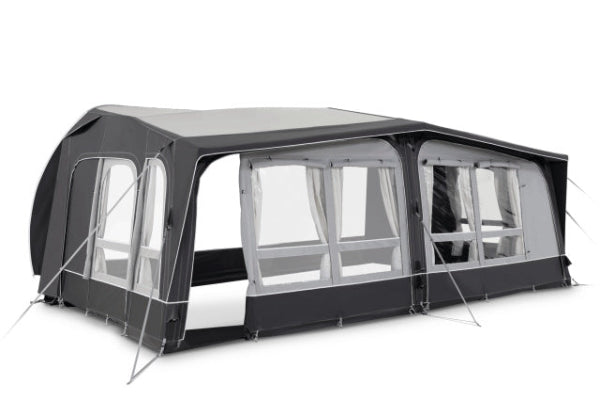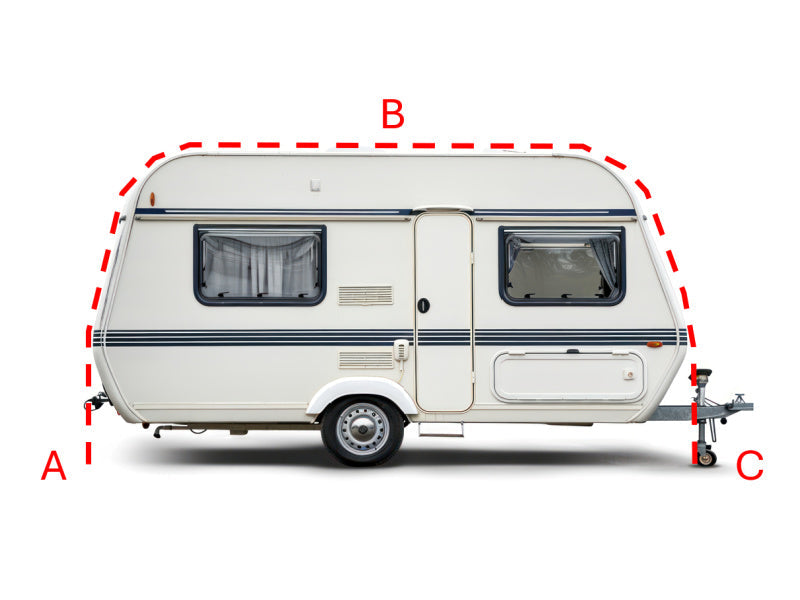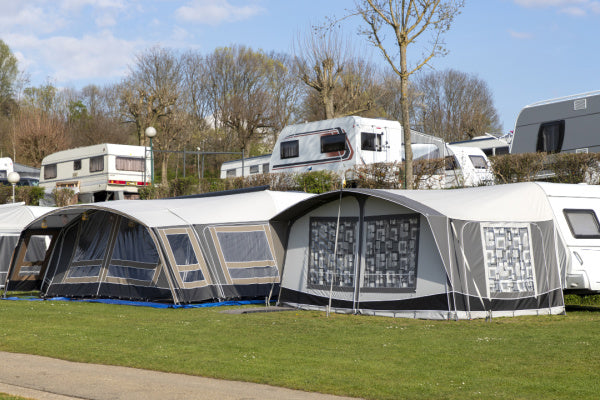Shepherds Huts: Are They Mobile?
Ever dreamed of dragging your cosy countryside escape to a better view? Good news — Shepherd's Huts can be mobile, thanks to their wheels and clever design. But not all huts roll the same way. Want to know which ones move and how? Stick around — it’s not just wheel talk!
The Literal Mobility: Wheels, Chassis, and Moving Your Hut
The Importance of a Working Chassis and Steerable Axle
Original shepherd’s huts were made to follow the flock, and their mobility was key to their function. Most featured cast iron wheels and sturdy chassis systems, allowing them to be pulled across fields.
Modern huts mimic this look — but not always the function. To truly move a hut today, you’ll need a working chassis and, ideally, a steerable axle. Without these, you might find your “mobile” hut is really just a pretty shed on wheels.

How Shepherd's Huts are Moved (Tractors, 4x4s, and Cranes)
Even if a hut is designed to move, it doesn’t mean you can just roll it down the road. The reality is, transport often involves a 4x4, a tractor, or even a crane, depending on size and terrain.
If you're shifting it within your own land, a tractor might do. For long-distance moves, many owners rely on low-loader lorries and professional transport services. Moving a hut is a job best done with care and the right equipment.
Can You Tow a Shepherd's Hut on a Public Road?
In most cases, no — at least not safely or legally. Shepherd’s huts are usually too wide, too tall, or too heavy for road towing without the correct setup.
To transport one on a public road, you’ll likely need a flatbed trailer and permits, especially for larger models. Without the right support, towing a hut can be dangerous and may damage the structure.
The Legal Definition: Is a Shepherd's Hut a "Mobile Home" or "Caravan"?
How Planning Law Views Structures on Wheels
Wheels aren’t enough to define mobility in legal terms. Councils look at how the hut is used, not just whether it has wheels.
A hut used for regular living or permanent accommodation may be considered a fixed structure, especially if it's on-site long term. The law distinguishes between visual mobility and practical use.
The Caravan Sites Act and Its Relevance to Shepherd's Huts
The Caravan Sites Act 1968 offers helpful guidance. It defines a caravan as a structure that’s moveable, within certain size limits, and used for habitation.
If your hut fits within this definition — and can be moved in one piece — it might qualify as a caravan. This can affect planning requirements, especially for short-term or seasonal use.
Why "Mobile" Doesn't Always Mean Exempt from Planning Permission
Just because it’s moveable doesn’t mean it’s planning-exempt. If your hut is connected to utilities, used as a permanent residence, or placed for extended periods, it may trigger planning regulations.
Planning laws vary by council, so it’s wise to check with your local authority. What’s mobile in design might be permanent in practice — and the rules reflect that.

How Mobility Affects Planning and Practicality
Permitted Development Rights and the "Mobile" Advantage
A hut that qualifies as a mobile structure may fall under permitted development rights. This can reduce paperwork for landowners using huts as offices, guest rooms, or creative studios.
But there are limits. The more your hut resembles a permanent dwelling — especially if it’s hooked to water or electricity — the more likely it is to need planning consent.
Using Mobility to Justify Use as a Garden Room or Office
If your hut is light, sits on wheels, and isn’t fixed to the ground, it may count as a temporary garden structure. That’s handy when using it as a workspace or studio.
Mobility can help argue that the hut is non-permanent, especially if it’s moved from time to time. But documentation still matters if you're planning long-term use.
The "Incidental to the Enjoyment of the Main Dwelling" Rule
If your hut is used for activities that support your main home — such as art, reading, or visiting guests — it may be classed as incidental use.
This can strengthen your case for permitted development status. But if the hut is rented out or used as a standalone residence, those protections likely won’t apply.
Why Connecting to Utilities Can Affect its "Mobile" Status
Hooking up to water, power, or sewerage may anchor your hut in the eyes of planning law. Even if it still has wheels, it may be reclassified as permanent.
Off-grid setups, like solar panels or composting loos, can help preserve mobile status. But again, it depends how the council interprets your use case.
Practical Considerations for Moving and Siting Your Hut
Preparing a Level Base in Different Locations
Before moving, you’ll need to make sure your new location is ready. The ground should be flat, firm, and well-drained.
Gravel, sleepers, or concrete pads are common foundations. Avoid soft soil or uneven ground — it can damage the chassis and make access difficult.

The Benefit of Having Summer and Winter Positions
Some owners move their hut seasonally — placing it under shade in summer, and in sunny spots during winter. This kind of flexibility is only possible if your hut is easily moveable.
Having two set locations also reduces wear on one site. It’s a small way to extend your hut’s life while enjoying the seasons.
Taking Your Hut With You When You Move House
One of the best things about a mobile Shepherd’s Hut? You can take it with you. As long as it meets transport guidelines and the move is planned properly, relocation is very doable.
It may cost a bit, but it saves having to build or buy a new space from scratch. For many, that portability is a major part of the hut’s charm.
Other content you might like:
- What Is A Shepherds Hut
- Where To Buy A Shepherds Hut
- Do You Pay Council Tax On A Shepherds Hut
- Is A Shepherds Hut A Good Investment
- How To Sell A Shepherds Hut
- Are Shepherds Huts Warm
- How Long Do Shepherds Huts Last
- How To Roof Shepherds Hut
- How To Transport A Shepherds Hut
- How Much To Rent A Shepherds Hut





Leave a comment